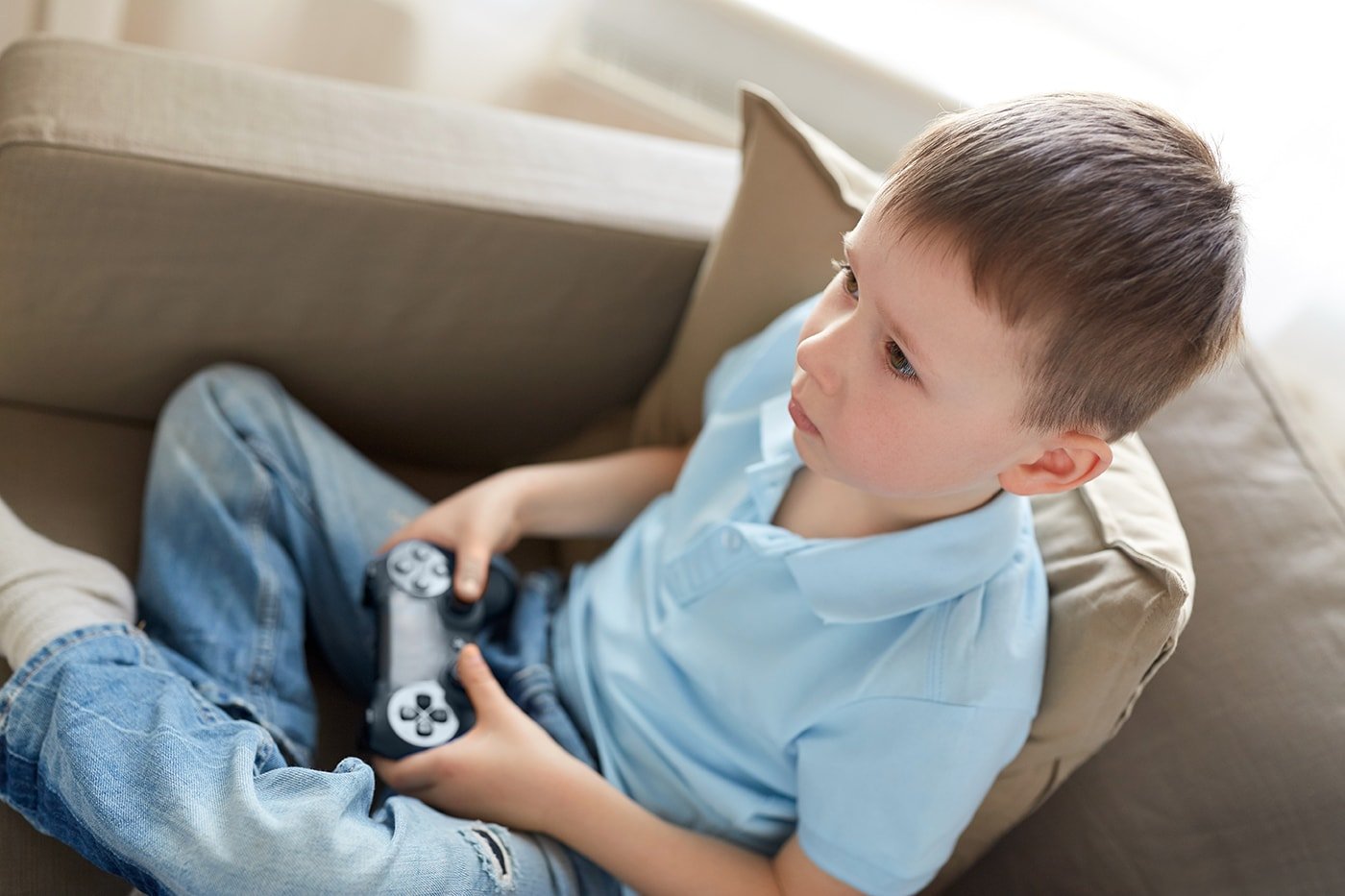In the realm of digital playgrounds and virtual adventures, where technology intertwines with the lives of our young, a question emerges that puzzles parents and experts alike: when does youthful exploration in the digital sphere morph into something more concerning—addiction? As smartphones and gaming consoles become ubiquitous companions, the lines between harmless entertainment and problematic behavior become increasingly blurry. Join us as we delve into the complex relationship between children and technology, seeking to unravel the telltale signs that may indicate addiction to social media or video games. Through expert insights, personal anecdotes, and thought-provoking analysis, we aim to illuminate this murky landscape, empowering parents and educators with the knowlege they need to safeguard the well-being of our digital natives.
- Warning Signs of Addiction: Recognizing Concerning Patterns
Warning Signs of Addiction
If your child exhibits any of the following behaviors consistently,it’s crucial to seek professional help to assess potential addiction:
Changes in behavior: Noticeable changes in your child’s personality,mood,and behavior,such as irritability,withdrawal,or aggression.
Increased isolation: A significant reduction in social interactions or activities outside of social media or video games.
Lying or secrecy: Your child may be evasive or lie about their online activities,screen time,or purchases related to gaming.
Neglect of responsibilities: Prioritizing social media or video games over school, chores, or family obligations.
Physical symptoms: Your child’s appearance or health may suffer due to excessive screen time, such as dry eyes, headaches, or poor sleep habits. Tolerance and withdrawal: Your child gradually needs to spend more time or use more resources to achieve the same level of enjoyment, and they may experience withdrawal symptoms if they try to cut back.
* Obsessiveness and cravings: Your child may talk about social media or video games constantly, have a strong urge to engage in these activities, and get upset when they’re unavailable.
– Online vs.Offline Behavior: Assessing the Impact
Online vs. Offline Behavior
Understanding the differences between kids’ behavior online and offline is key to recognizing potential addiction. Look for changes in behavior, such as:
- Increased or decreased socialization: Does your child withdraw from offline activities to spend more time on screens? Or do they engage excessively in online interactions, neglecting real-world relationships?
- Mood and emotional regulation: Pay attention to changes in mood or behavior after screen use. Are they agitated, irritable, or secretive? Do they show increased anxiety or depression?
- Academic performance: Monitor any decline in school grades or participation in activities that coincide with increased screen time.
- sleep patterns: Notice if your child struggles to fall or stay asleep after engaging with screens. Loss of sleep can impact mood,attention,and overall well-being.
- Physical health: Observe changes in physical health, such as headaches, eye strain, or fatigue. excessive screen use can lead to sedentary behavior and physical ailments.
By assessing these differences and discussing concerns with your child and healthcare professionals, you can work together to identify healthy screen use habits and address any potential addiction issues.
- Practical Strategies for Parents: Nurturing Digital Well-being
Practical Strategies for Parents: Nurturing Digital Well-being
Table: Digital Detox Plan
| Day | Activity | Time | Notes |
|—|—|—|—|
| Monday | No screens after 8 PM | 2 hours | Use relaxation techniques or engage in a hobby |
| Wednesday | Screen-free hour at dinner time | 1 hour | Focus on family time and conversation |
| Friday | Outdoor or screen-free activity | 2 hours | Encourage physical activity or socialization |
| sunday | Digital device swap with someone to break routine | 2 hours | Try a new device or explore different content |
Monitor screen time objectively. Use parental control apps or screen time reports to gather data on your child’s digital habits.
Engage in meaningful conversations. Talk to your child about their online experiences, concerns, and interests.
Set clear expectations and boundaries. Establish rules around screen use, including limits and screen-free zones.
Foster offline activities. Encourage hobbies, sports, social gatherings, and physical activities that provide alternative sources of enjoyment.* Provide support and guidance. Let your child know you’re there for them and open to discussing any challenges or concerns they face with digital technology.
– Seeking Professional Help: When to Consider intervention
It can be difficult to know when your child’s behavior with social media or video games has crossed the line from harmless fun to addiction.While there is no definitive answer, there are some signs that may indicate it’s time to seek professional help. These include if your child:
– exhibits withdrawal symptoms when they’re not using social media or video games, such as irritability, anxiety, or sadness.
– Loses interest in other activities they used to enjoy, such as hobbies, sports, or spending time with friends and family.
– Neglects their responsibilities, such as schoolwork, chores, or personal hygiene.
– Spends excessive amounts of time on social media or video games, even when they know it’s negatively affecting their life.
– Lies about or hides their use of social media or video games from you.
– Experiences negative consequences consequently of their use of social media or video games, such as poor grades, relationship problems, or legal trouble.
To Conclude
From savvy social media navigators to virtual gaming gurus,contemporary children navigate a tapestry of digital landscapes. While technology offers countless benefits, it’s essential to stay attuned to potential pitfalls. By fostering open interaction, seeking professional guidance when needed, and nurturing a balance between virtual and real-world experiences, we can guide our children towards healthy digital habits. Remember, understanding, education, and support are our most potent tools in shaping a future where technology and well-being coexist harmoniously.
